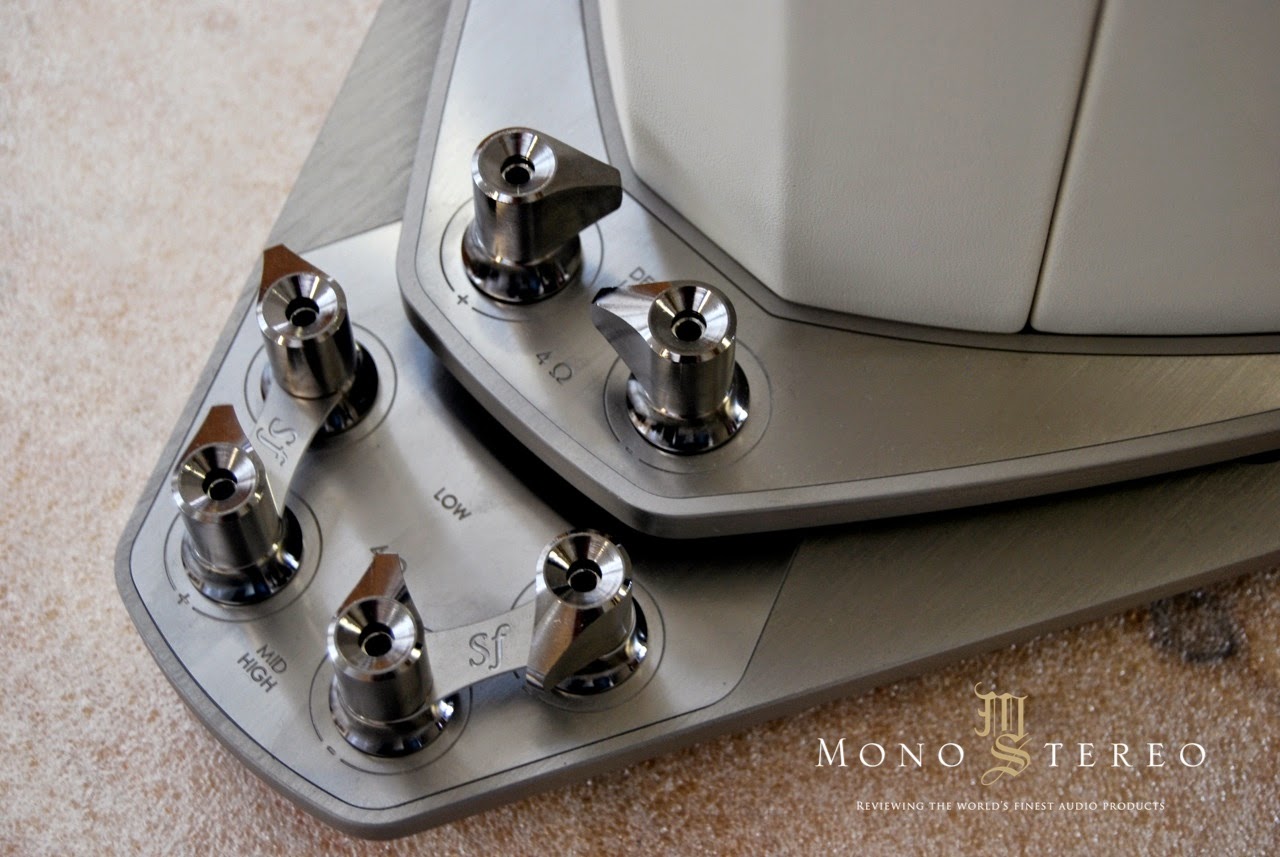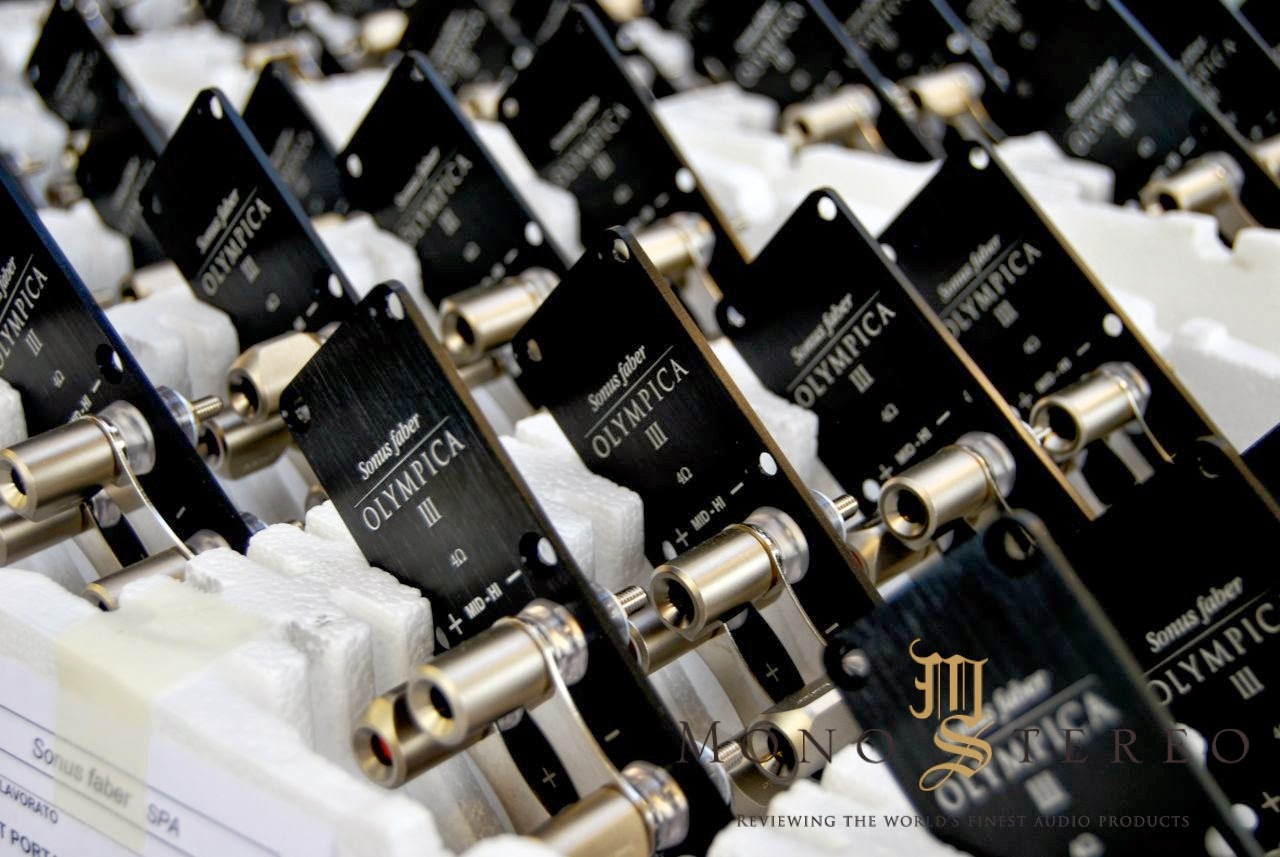You are using an out of date browser. It may not display this or other websites correctly.
You should upgrade or use an alternative browser.
You should upgrade or use an alternative browser.
Really simple but (possible) stupid question?
- Thread starter matt scarlett
- Start date

Help Support UKworkshop.co.uk:
This site may earn a commission from merchant affiliate
links, including eBay, Amazon, and others.
matt scarlett
Established Member
As for SF, I know they use and have used drivers from the likes of Scan and Audiotechnology. In the case of Scan, manufacturers always seem to use the Discovery series instead of the Illuminator's. TBH I'm not too keen on either Scan or the Flex Units. Scan were also involved with Alpine and much as i like Alpine, i find their stuff a little thin, both in terms of drivers and car audio amps, of which I've only owned four.. and there probably won't be a fifth!
But looks like B&O are getting in the Tymphany/Peerless spirit with the use of the Peerless SLS 8" sub in the Beoplay 9. As for the flagship Beolab 90, they're packed full of Scans.
But looks like B&O are getting in the Tymphany/Peerless spirit with the use of the Peerless SLS 8" sub in the Beoplay 9. As for the flagship Beolab 90, they're packed full of Scans.
matt scarlett
Established Member
I have a dual Peerless SLS 6.5 in a t-line, and for what they are, they rock. But i also love my Hybrid Audio I6sw
https://www.youtube.com/watch?v=R_QUm97_kJk
I like the design of some SF speakers, but I also like Wilson Benesch designs as well. As for listening impressions, SF were good, but not memorable.
https://www.youtube.com/watch?v=R_QUm97_kJk
I like the design of some SF speakers, but I also like Wilson Benesch designs as well. As for listening impressions, SF were good, but not memorable.
matt scarlett
Established Member
Wuffles":1557v001 said:You know you're posting this in a metalwork sub forum of a woodworking forum? Just in case you'd forgotten your current audience
Sent from my iPad using Tapatalk
Sure, trying to justify my view to xy mosian
Keep any suggestions coming.
matt scarlett
Established Member
I see no videos of production techniques that show the metal work, and although many speakers are replicated by the DIY crowd, I see no attempt to replicate the metal work, so i grateful for any pointers.
So far this forum has been very helpful. I don't have anything to contribute in terms of wood or metalwork experience, only newbie questions. But either way, metalwork will have to be apart of future enclosure builds, but i'll tackle that when it gets series.
But i see a lot of table saw builds and homemade clamp builds, and of course they use metal in their designs. Apart from a grinder for cutting a rod, what would be the first/most useful metal working tools to start with?
https://www.google.co.uk/webhp?sourceid ... amde+clamp
So far this forum has been very helpful. I don't have anything to contribute in terms of wood or metalwork experience, only newbie questions. But either way, metalwork will have to be apart of future enclosure builds, but i'll tackle that when it gets series.
But i see a lot of table saw builds and homemade clamp builds, and of course they use metal in their designs. Apart from a grinder for cutting a rod, what would be the first/most useful metal working tools to start with?
https://www.google.co.uk/webhp?sourceid ... amde+clamp
You'll need a fresh new budget for metalworking tools 
You can manage with a vice, a hacksaw and a file. You may then find you require (read, would like) a roller, bandsaw, linisher and the list goes on and on.
Sent from my iPad using Tapatalk
You can manage with a vice, a hacksaw and a file. You may then find you require (read, would like) a roller, bandsaw, linisher and the list goes on and on.
Sent from my iPad using Tapatalk
matt scarlett
Established Member
I see people using woodcutting tools for cutting various metals, table saw, routers etc. What say you?
matt scarlett":2v62uin1 said:I see people using woodcutting tools for cutting various metals, table saw, routers etc. What say you?
Mild steel will destroy a table saw (and anyone in a 5 foot radius), I'm not sure what would happen with a router table, some sparks then I guess it would all be over.
You've possibly seen aluminium being cut and milled.
matt scarlett
Established Member
Wuffles":qvs1iwfi said:You've possibly seen aluminium being cut and milled.
Yeah, but even with that, there are plenty of sparks, as one might expect. I could design and build my own speaker terminals, maybe not a fancy SF design

But it would be nice to design my own terminal plates

I'm certain of the basic tools needed for woodwork (not brands), because I've done it before. Metalwork is a mystery to me. Or would it be cheaper to outsource the work?
matt scarlett":3e4yljht said:Wuffles":3e4yljht said:You've possibly seen aluminium being cut and milled.
Yeah, but even with that, there are plenty of sparks, as one might expect. I could design and build my own speaker terminals, maybe not a fancy SF design

But it would be nice to design my own terminal plates

I'm certain of the basic tools needed for woodwork (not brands), because I've done it before. Metalwork is a mystery to me. Or would it be cheaper to outsource the work?
I wouldn't know unfortunately, I just chop up metal and stick it back together, never got involved in fiddly stuff.
matt scarlett
Established Member
I need a press drill of course, but if i could getaway with cutting rectangles on a table saw ....
xy mosian
Established Member
Absolutely correct, my mis-reading, very many apologies from me. That mis-understanding makes the rest of my post irrelevent of course. xymatt scarlett":2zw95bsp said:xy mosian":2zw95bsp said:Hi, I spent more than a decade in the Acoustics Lab, Loudspeaker design really, of a well known, and in some areas respected manufacturer of HI-Fi loudspeakers.
My work included the testing of both speakers we were developing, units and systems, and some of those of other makers. The upkeep of the test gear was included in that.
Later I moved on to Tweeter design with Horn, sorry wave guide, loading, and latterly the development of a very nice flat field unit. I would say that wouldn't I?
I see from the link, https://transmissionlinedesigns.wordpress.com/, that the site author recommends design by listening. There is nothing wrong with that, to my mind, plenty of reasonable loudspeakers have been designed that way.
Audible testing is quite possible using a Pink Noise signal and in looking for a link to such a signal I came across this site http://www.audiocheck.net/testtones_pinknoise.php. A good place to lose any amount of time, for me at least.
I would recommend that you download a pink noise recording and then get used to listening to it. Play it on all your reproduction equipment, bearing in mind that everything between the file on the server and your ears may change the sound.
Play, sorry experiment, with the graphic equalizer of your PC audio player to get used to hearing the effects of louder, or quieter, frequency ranges. Then listen to your newly developed system how is the overall balance? Are there any bands of frequency missing? This last test is perhaps best done with one speaker, it saves building two anyway. Then, for car speakers, listen again in the car.
I should say that I know little about car systems other than the fact that most around here only have a one note Bass.
Last thing - Go For IT
Hope this helps,
xy
https://transmissionlinedesigns.wordpre ... isclaimer/
The site author is me, and to make a small correction to your comment, nowhere in the article do i advocate design by listening!
(https://transmissionlinedesigns.wordpre ... surements/) What i'm trying to get across is that at some point we have to put the measuring equipment away, and our ears take over. One builds speakers to listen to, and no=one has an inbuilt measuring device for listening. We do it by subjective listening devices.
It has been my experience of nearly 3 decades of exposure to a vast number of audio products (as most of us have), that regardless of such engineering endeavors, I have experienced;
– Good and bad products at all price levels. Under the category of bad, I also Include aspects such as build quality.
– Good and bad (to my ears) sealed or open (ported, bandpass, transmission line etc) enclosure designs
– I have been impressed by some, and very unimpressed by other audio products that have displayed the idyllic graph responses, quoted specifications or T/S (Thiele/Small) parameters.
– Mostly unimpressed by published Hi-Fi magazines ‘5 Star’ recommendations.
For every theory and aspect of design, you'll get a design that will ignore such a theory and still sound impressive to the ear. Diffraction for example, opposing driver to help with cabinet resonances, for another example. although i haven't worked in the design field professionally, i have some some installation work,. The last i semi-helped with was a near £300k McIntosh based system. We swapped some of the Kimber cables (near £16k worth if my memory serves right) for a set up of around £200-300. Could the customer tell the difference? No!
Keep up the interesting work!
xy
matt scarlett
Established Member
No worries, and thanks for you comments.
Similar threads
- Replies
- 11
- Views
- 492
- Replies
- 20
- Views
- 868



